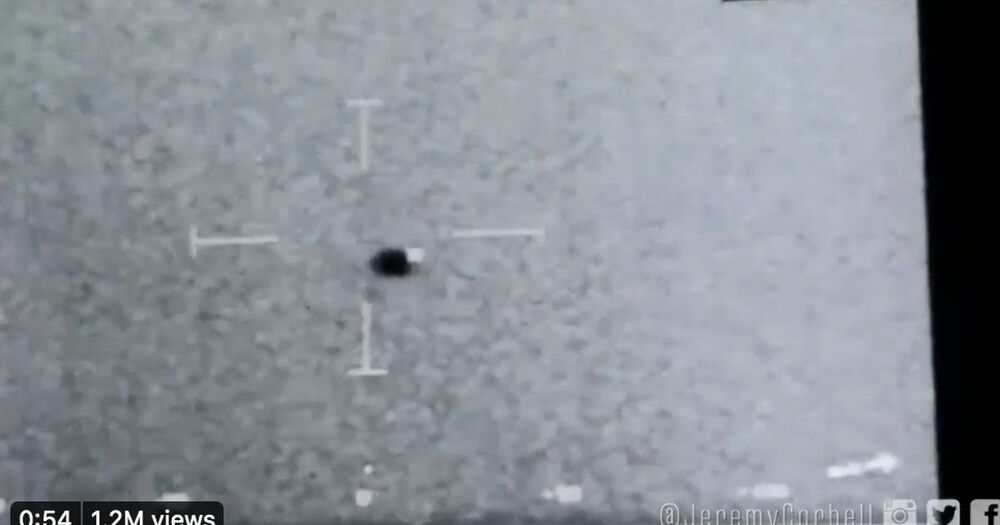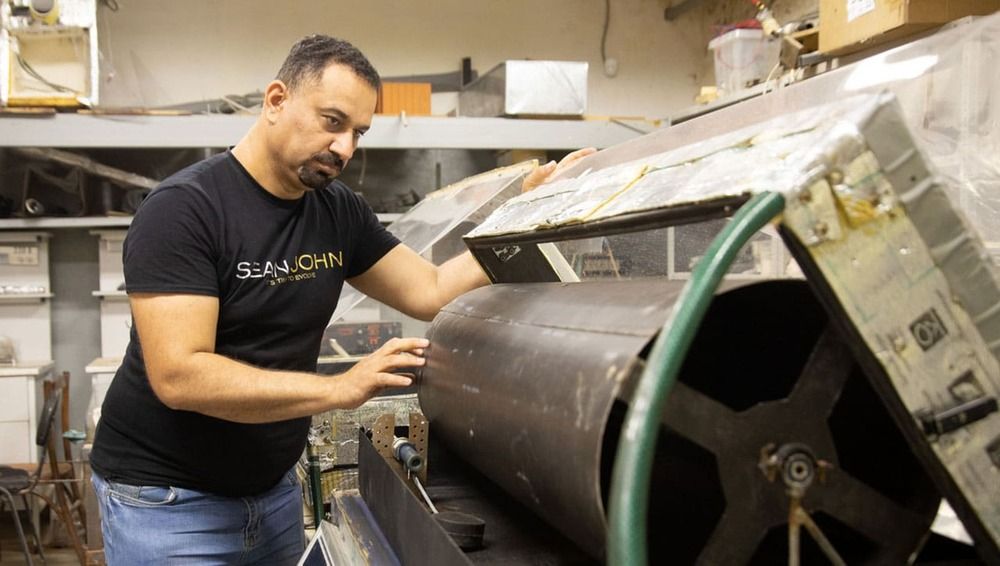“We have really enjoyed working with General Fusion and their team of scientists on the design of the Fusion Demonstration Plant, and are particularly excited that the first of its kind will be built in the UK,” the studio told Dezeen.
A prototype power plant with a nuclear fusion reactor is set to be built in Oxfordshire, England, by Amanda Levete’s firm AL_A for the Canadian energy company General Fusion.
Located on the UK Atomic Energy Authority’s (UKAEA) campus in Culham, the Fusion Demonstration Plant will be used to prove the viability of General Fusion’s nuclear fusion technology as a carbon-free energy source.
A_LA said it will be the world’s first nuclear power plant of its kind upon completion in 2025.






